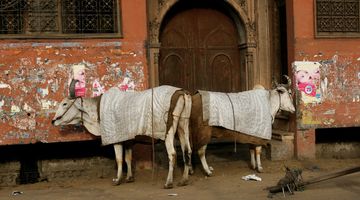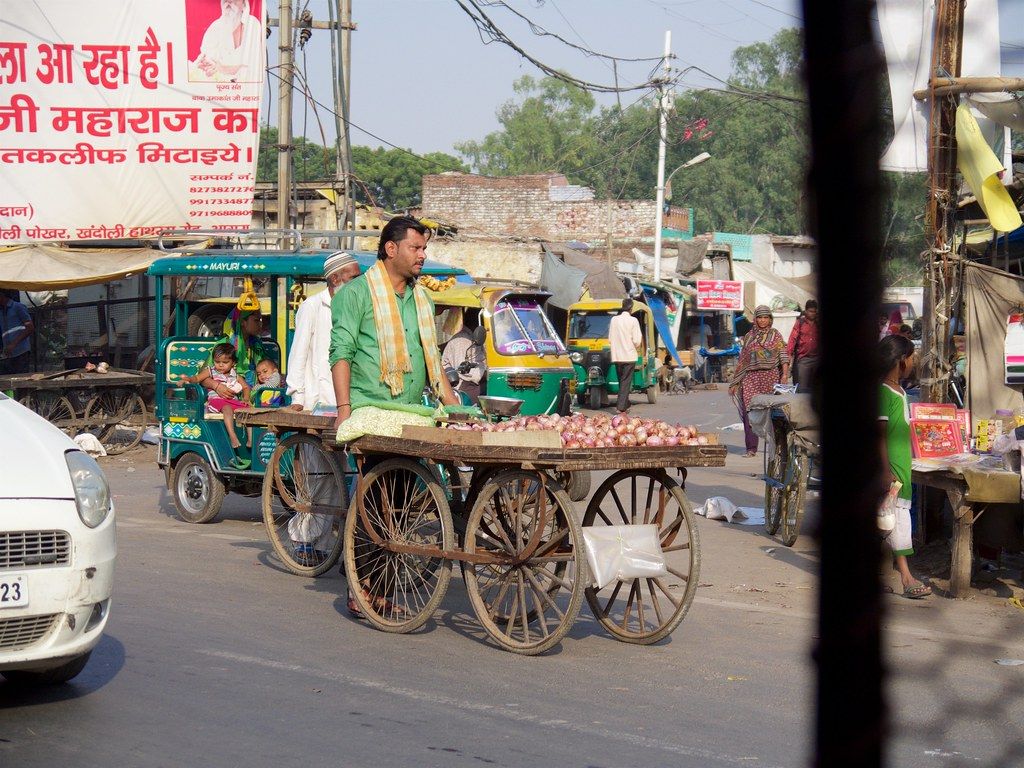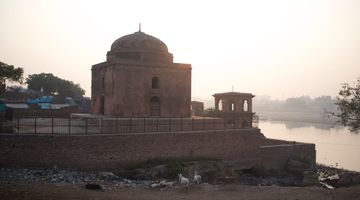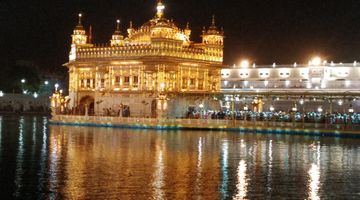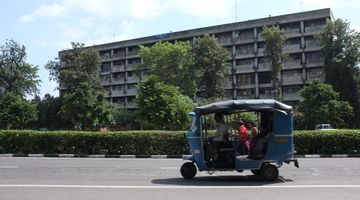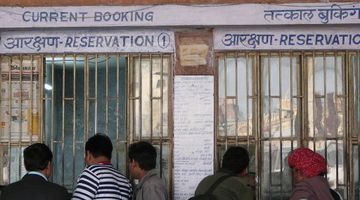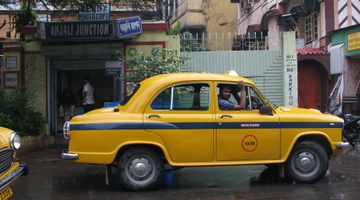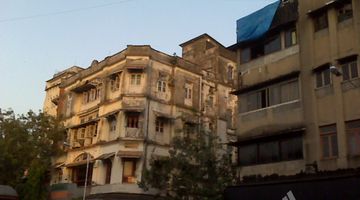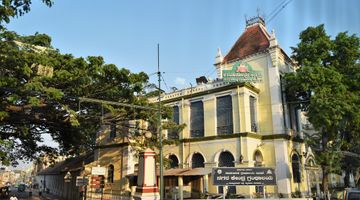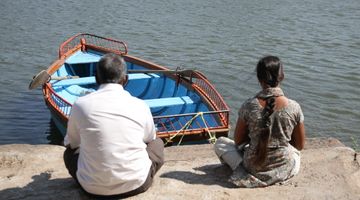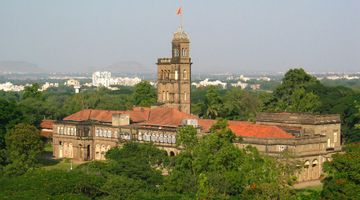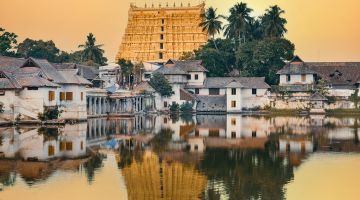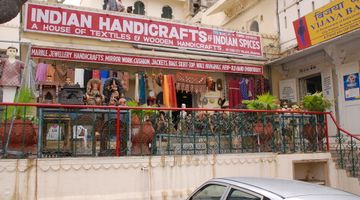Agra India – Top 10 Things to See and Do
Agra sits on the banks of the Yamuna River in the northern part of India. Though most notably known for India’s prized treasure, the Taj Mahal, Agra includes many other sites and activities to complement one of the world’s most well-known and iconic pieces of architecture. A trip to Agra is a tour for history lovers through important parts of antiquity seldom heard in grade school classes. A vacation here is probably best for the most experienced travellers, but every moment and every turn is full of brand new experiences, making the journey well worth it.
1. Tour Agra Fort
Agra’s second most famous gem sits across the steady waters of the Yamuna from the Taj Mahal. As the former home to the Mughal emperors, Agra Fort was transformed from a mere military station to an exquisite palace and strategic stronghold, which still houses the Indian Army. While 75 percent of the fort is off limits to visitors today, the other quarter (which primarily includes the former palace of Shah Jahan, the ruler who commissioned the building of the Taj Mahal) will be enough to astound you and give you a glimpse into the luxurious life of its previous occupants. There are so many building and complexes within the palace though that it’s worth it to get a guide to explain the meaning and purpose of each part of this royal residence.
2. Visit Itmad-ud-Daulah’s Tomb
One generation before the Taj Mahal, there was Itmad-ud-Daulah’s Tomb, also known affectionately as the “Baby Taj.” Shah Jahan took his inspiration for India’s most famous building from this tomb his step mother had built for her family. Because of the opulence of the building, walking up to the mausoleum is reminiscent of approaching royalty, as if the family members buried there were still alive. The white marble with beautiful inlaid stonework is breathtaking and unlike anything else to be seen in other regions of the world. The tomb has also been called the “jewel box,” and it isn’t hard to imagine why. One look at the careful workmanship and meticulous attention to detail tells visitors that what lies inside is as precious as treasure.
3. Walk around Fatehpur Sikri
Though 23 miles outside of Agra, the once grand and later abandoned palace at Fatehpur Sikri was an emperor’s gesture of gratitude and is most definitely worth the short trek out to see its grounds. Legend has it that Akbar the Great, third emperor in the Mughal dynasty, built the city after the saint living there blessed him to have a son. Akbar took 15 years to construct the palace grounds after the birth of his son, but it was abandoned just 14 years later. It became a beautifully preserved ghost town of imperial proportions. The complex has several architectural wonders unique to it, such as its Diwani-i-Khas (or Hall of Private Audiences), where the emperor sat atop a platform on a pillar with minsters in each of the four corners for him to counsel with, and the Panch Mahal, a five-story pavilion structure dominating the open courtyards of the palace.
4. Take a Stroll at Mehtab Bagh
Directly across the Yamuna River from the Taj Mahal is Mehtab Bagh, a garden that was identified by Shah Jahan as the best place to view his beloved structure. Though there are persisting myths about the emperor’s plans to build a second mausoleum for himself in black marble opposite the Taj Mahal in the garden, such claims have yet to be proven true. The fact remains that the garden is simply one of the best places to view the Taj Mahal in its entirety. Most guides and visitors recommend coming to the garden at sunset to watch the sun light up the building from behind as the Yamuna flows in the foreground.
5. Shop at Kinari Bazaar
Most people recommend bringing along an empty suitcase when traveling to India, and that’s because souvenirs and other goods found in the marketplaces can be dirt cheap, if you know how to negotiate. Kinari Bazaar is a great place to try out your haggling skills, and it gives a taste of the shopping scene in India. Even if souvenirs and saris don’t sound that appealing, just walking through the bazaar gives glimpses of beautifully coloured fabrics, whiffs of delicious smelling street food, and soundtracks of the busy lives Indians lead.
6. Eat Muglai Cuisine
India has some of the richest and most unique types of cuisine in the world. The curries, flat breads, and rice dishes has visitors’ mouths watering even before they arrive. Travellers will find a lot of the same foundational dishes at all the restaurants, so the real difference is in quality, atmosphere, and price. Chains like Pind Balluchi and Pinch of Spice, found in bigger cities like Agra, offer a cosy and inviting atmosphere with very reasonable prices and a large variety of appetizers, entrees, and sides (as well as images and great descriptions of the food so foreigners know what they’re ordering). Diners who love Indian food can eat their weight in naan in Agra and still be left wanting more when they return home.
7. Watch the Wildlife at Keoladeo National Park
Break up a tour of Agra’s historical sites with a trip out to the country. One hour outside of Agra is Keoladeo National Park, home to hundreds of species of birds and other animals. The fresher air is good for the lungs and offers travellers the opportunity to see the natural scenery of India. Even for those who aren’t ornithological enthusiasts, it’s a refreshing activity away from the hustle and bustle of Agra for a half day.
8. Say a Prayer at Jama Masjid
Though many of the sites at Agra look like beautiful temples, Jama Masjid has unquestionable religious ties and is also called “the Friday Mosque.” It sits opposite Agra Fort and is built out of the intricately carved red sand stone and sparkling white marble that is characteristic of most Mughal buildings in Agra and throughout the region. However, the mosque also has beautifully painted blue ceilings that are enough to bring pilgrims’ eyes and thoughts heavenward.
9. Pay Your Respects at Akbar’s Tomb
Honour Akbar the Great at his tomb of royal proportions. Though the site has suffered heavy plundering throughout the centuries, it has been restored to a portion of its former glory, but it’s still enough to amaze visitors with its precise inlay work of marble in sandstone. The structure is impressive, but don’t be fooled: the tomb you’ll see is actually a false tomb. As with most mausoleums of this style, the real tomb lies in the basement, away from the public eye.
10. Take Home a Little Piece of Agra
Those who hire a driver or guide for their tour of Agra can request to see some marble workshops for an interesting lesson in handicrafts and a little souvenir shopping. The workers take their credibility from their ancestors—they are the descendants of the Persian immigrants who originally did the marble and inlay work on the Taj Mahal. As several workers shape precious stones using traditional tools, another employee explains to visitors how the pieces are created and where all of the other materials come from. When they’ve finished their introduction, they open the doors to several rooms showcasing shelves full of creations wrought in marble (jewelry boxes, table tops, chessboards, elephant figurines, and more). There is a high price on most of the items, but the excellent quality of the work is convincing and stunningly gorgeous.
...
The main appeal of Agra and cities like it is the treasure trove of historical sites it has to offer, but there is a lot to experience in this unique and ancient capital of the Mughals. From buildings to birds and shopping to dining, there is no shortage of places to visit and things to do in this city. Wanderlusters and travel experts all over the world agree that a visit to Agra is a must for any trip to India.
